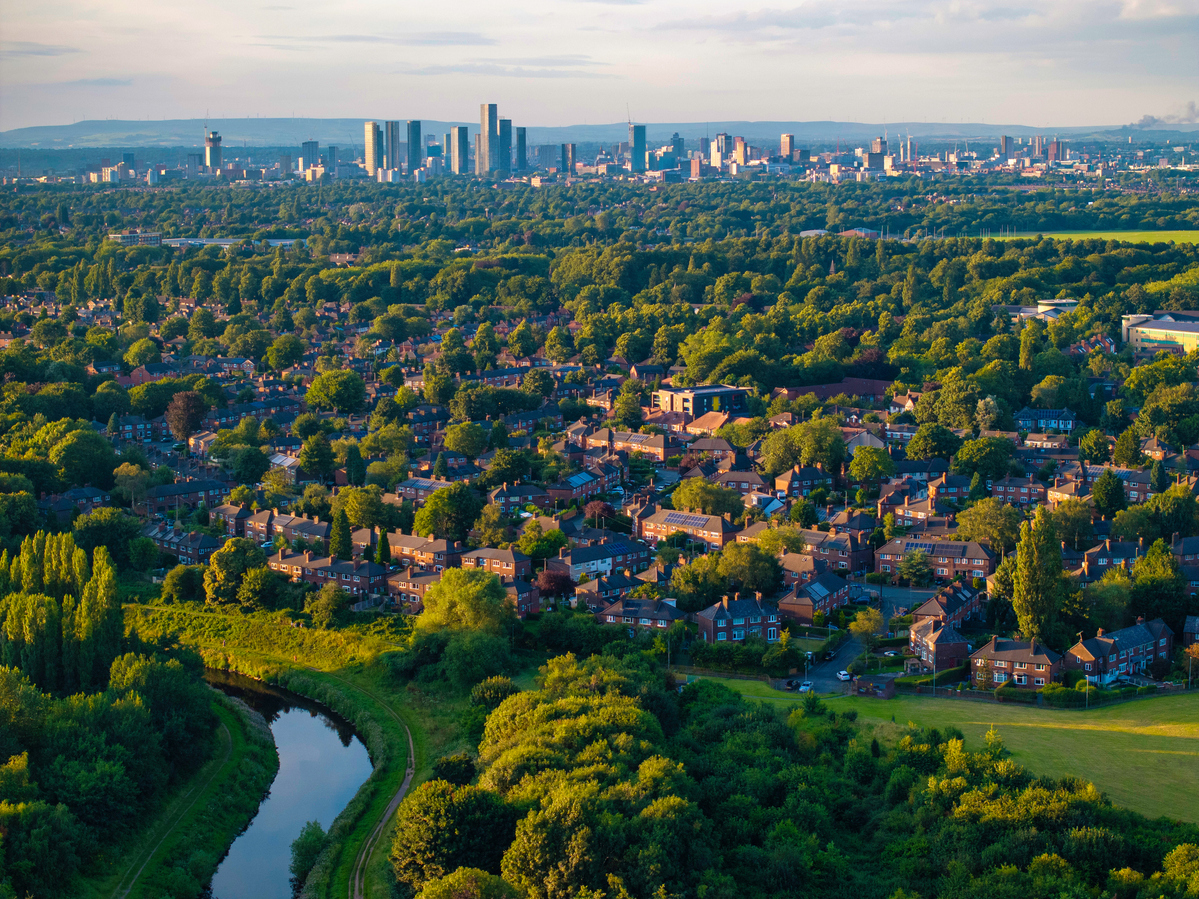How to choose a future-proof RPA solution
Sponsored by Blueprint Software Systems
The automation market has become a little like a high-stakes game of musical chairs. Organisations are eagerly migrating their automation estates to new robotic process automation (RPA) solutions. Recent research from Blueprint Software Systems indicates that 74 per cent of companies surveyed still using their original RPA tool are in the process of switching platforms.
At first glance, the strong desire to switch automation solutions can be puzzling. What happened? Did companies get it wrong when procuring their first RPA solution? Have new, forward-thinking players entered the market? Are the original RPA market leaders failing to adapt and grow?
Dig a little deeper, though, and the reasons so many organisations are searching for a better solution becomes much clearer.
Why are companies changing automation solutions?
The driving force behind companies re-evaluating their original RPA platform is simple: they want to reduce operating costs, make automation more accessible for the average business user to enable scale, and take advantage of better features and capabilities.
In the past, organisations weren’t spoiled for choice. They are now. There’s a new breed of cloud-first, next-generation intelligent automation platforms that offer better price models, more intuitive user experiences and better features and capabilities to automate entire business processes instead of just tasks using artificial intelligence and machine learning.
Selecting a new RPA provider isn’t the only challenge. There’s also the thorny issue of migrating entire automation portfolios onto a new automation tool. There are solutions available that radically facilitate and accelerate this process while reducing costs. The owner of the research we mentioned – Blueprint Software Systems – is one of those providers.
However, many organisations try to tackle bot migration themselves or leave it up to their system integrators (SI). The risk is that migrating automation estates manually means rebuilding automated processes from scratch to be compatible with and work in the destination platform. Manually rebuilding and migrating bots increases risk because errors can be introduced, not to mention the lost productivity and sky-high maintenance costs and issues down the road. A project with that level of complexity, effort and margin for error can quickly spiral out of control, with both time and money getting out of hand.
That still hasn’t deterred companies from making a switch. The benefits greatly outweigh the risks, especially if you acquire the help of someone who has re-platformed countless automation estates. If you’re willing to reap the benefits and migrate to a better automation execution tool, one issue remains: how do you avoid repeating the same mistakes and select a future-proof automation solution?
In that vein, there are a few things to consider when making the best choice for your needs, goals, and automation journey.
What to look for in an automation platform
A common mistake many companies make when procuring Software-as-a-Solution (SaaS) technology is landing on a vendor that solves their current challenges and needs. Obviously, a solution that addresses your current objectives is imperative, but due diligence and foresight are also necessary.
Many organisations have already taken on this ethos in all their procurement initiatives. They look for a five- or ten-year solution. The question shouldn’t be which is the best solution right now; it needs to be, what is a great solution right now and will be the best two, three, four or five years down the road. Approaching buying decisions with that in mind should be the case for all enterprise software categories, including automation.
It involves more than just asking for a roadmap presentation. There is value in that as well, but when evaluating automation platforms, whether you’re just starting your automation journey or looking to transition to a better provider, here is what to consider:
Cost – which automation platform delivers better, more cost-effective pricing models that prioritize flexibility? Gone are the days of basic licensing models. The SaaS world has moved on to different structures that offer utilisation, so everyone gets the most bang for their buck. Automation providers that do the same are worth your investment.
Compatibility – enterprise architectures are complex and diverse. Every business has a sizeable tech stack. Your automation provider should integrate seamlessly with your tech infrastructure so that you can easily automate as many of your business processes as possible. Ideally, an automation platform from the same technology vendor that also provides you with a suite of products such as operating systems, word processors, email or computing might be the best fit.
Vision – this is the most important. Where does the provider want to go? The world is going to the cloud. Your automation vendor should be too, if it’s not already there. Heavy, client-side tech is outdated. Web-based, third-party hosting is what is democratising automation to all business users and reducing costs. Along those lines, RPA is essentially the automation of highly-repetitive, rules-based tasks. The next frontier of automation is intelligent automation – automating decision-based, end-to-end business processes using artificial intelligence and machine learning. That’s where automation is heading, so you need a provider who can take you there.
A future-proof automation solution comes down to cost, compatibility with enterprise architecture, and vision. Follow those simple principles, and you won’t be suffering from buyer’s remorse in five years.
For all the results and insight that Blueprint provided in their research on RPA migrations, you can download the Process Modernization in 2022 report here.

Business Reporter Team
Most Viewed
Winston House, 3rd Floor, Units 306-309, 2-4 Dollis Park, London, N3 1HF
23-29 Hendon Lane, London, N3 1RT
020 8349 4363
© 2025, Lyonsdown Limited. Business Reporter® is a registered trademark of Lyonsdown Ltd. VAT registration number: 830519543





